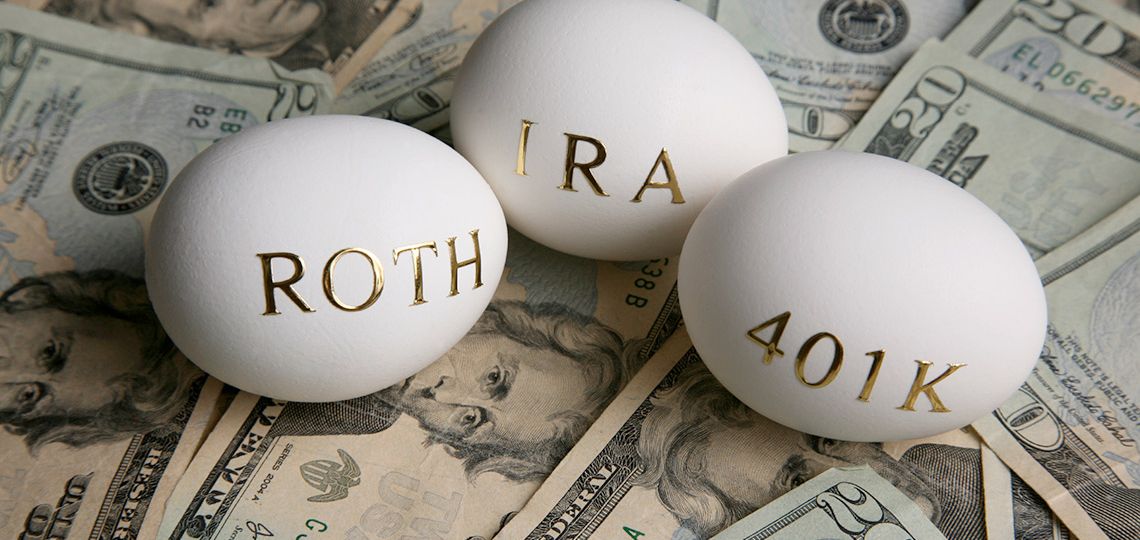
Learn how a solo 401(k) is great idea for the Self-Employed
If you are self-employed and meet certain requirements, you can set up a Solo 401(k), also known as an Independent 401(k) plan. Having this type of retirement plan can offer you several advantages over some of the other types of plans. The greatest benefit being that contribution limits are typically higher than other retirement plans and can be achieved at lower levels of income.
Are You Eligible?
There are three requirements you must meet in order to invest in a solo 401(k). These include:
- You must be responsible for your income (not your employer). Typically included in this group are: small business owners, sole proprietors, independent contractors, and freelancers. (You must have an employer identification number.)
- Presence of income as verified through tax records.
- You cannot have any employees. One exception to this rule would be your spouse. Further, if he or she earns income from your business, they too would be eligible.
The Contribution Limit
As we stated earlier, one of the greatest advantages of a Solo 401(k) is that the contribution limits are usually the highest among retirement plans. This is because you are both the employer and employee and can make contributions as each.
As of 2020, you, as an “employee,” may contribute up to $19,500. Furthermore, if you are over age 50, there is an additional catch-up contribution of $6,000. As the “employer,” you can also contribute up to 25% of your compensation, in total, bringing your contribution limit for a solo 401(k) to $57,000. It is important to note that this number does not include the additional $6,000 catch-up for those 50 and over. This means you could be contributing up to $63,500 per year, a significant increase compared to the $6,000 contribution limit for an IRA.
Tax Advantages
With a Solo 401(k) you have the option to choose between a Traditional or Roth plan. With the Traditional plan, contributions are made pre-tax, reducing taxable income for the current year. As a result, when you take distributions in retirement, they will be taxed as ordinary income.
Roth contributions can be chosen even in the case where the owner is otherwise not eligible to contribute to a Roth IRA due to the Roth’s annual income limitation. With the Roth plan, there is no initial tax break; however, when you take your distributions after 59 ½, they will be tax-free. This can be a better option if you expect your income to be higher in retirement. However, it is important to note that tax laws are ever changing.
Getting Started
Our team is ready to help identify your retirement planning opportunities. As our custodian, Charles Schwab & Co., Inc., offers a competitive plan platform with NO opening fees, NO maintenance fees and NO account minimums.
If you are considering opening a Solo 401(k) plan, give us a call. Our team of fiduciary advisors is ready to guide you towards a rewarding retirement.

